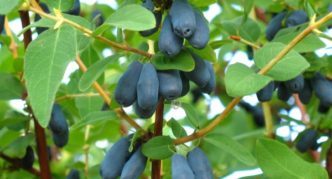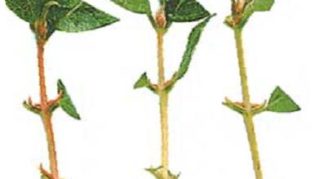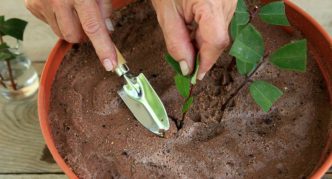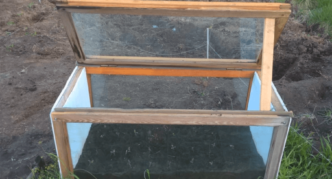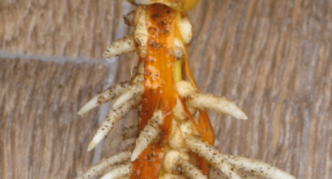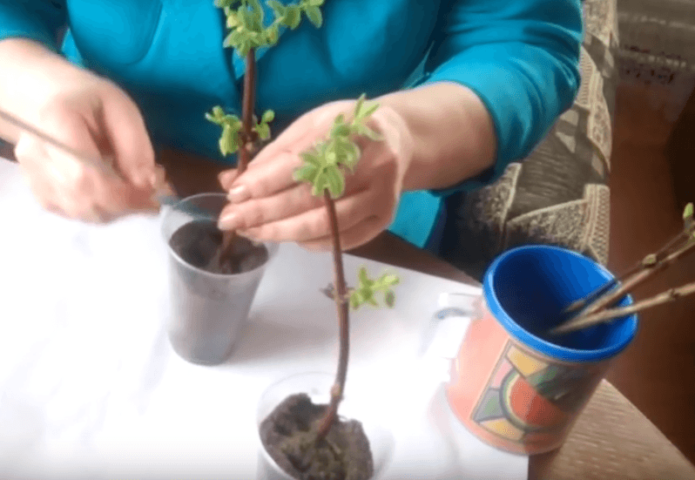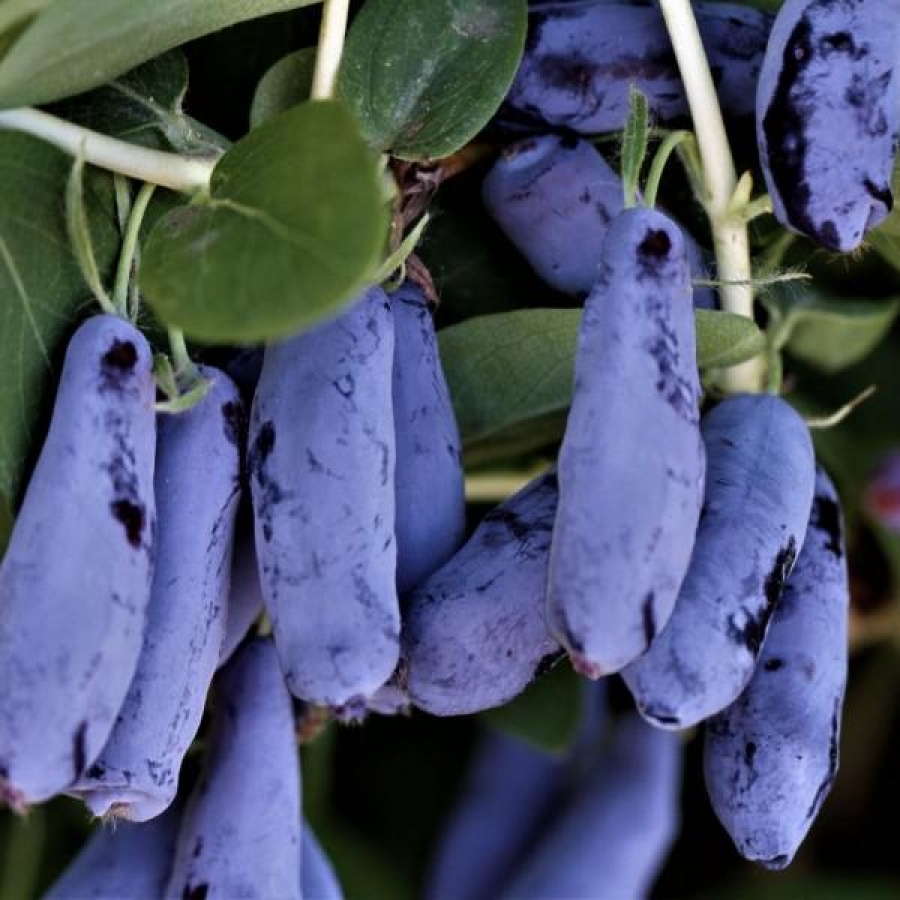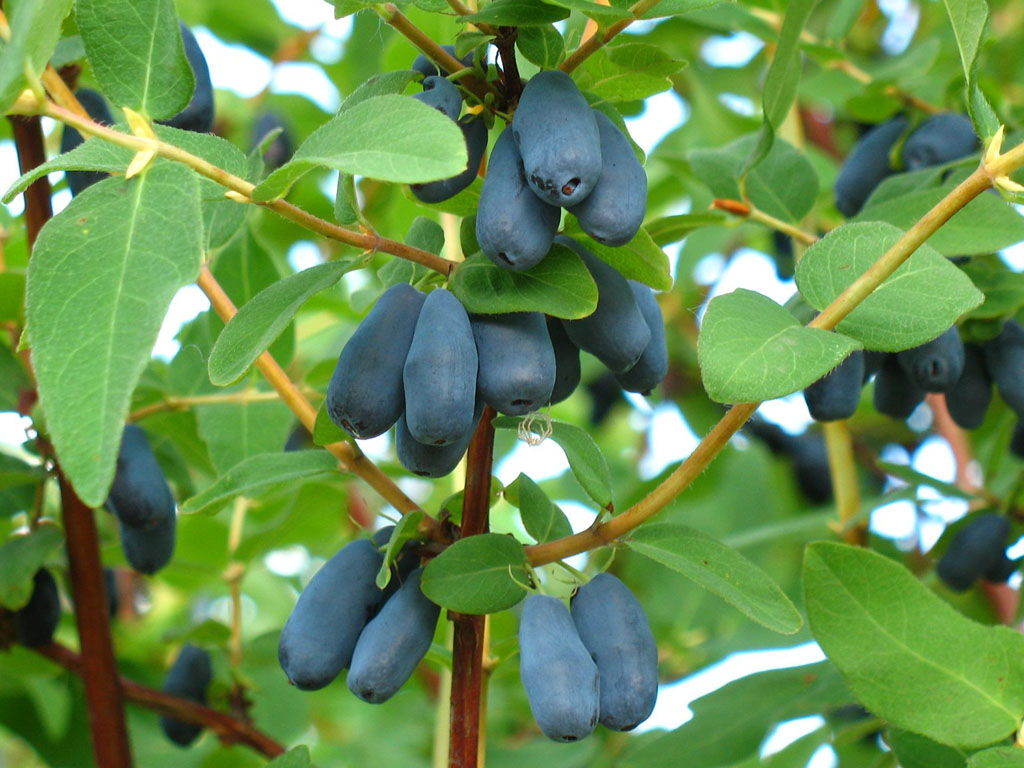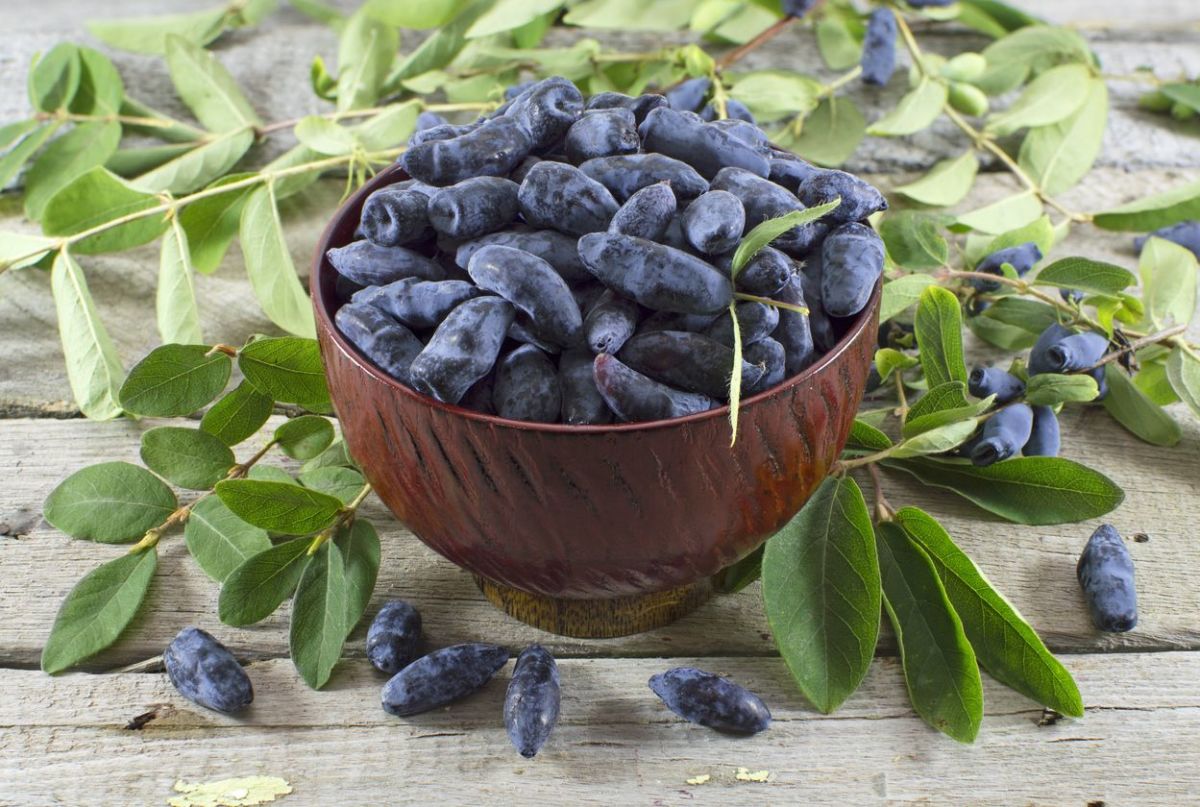If the honeysuckle bush on your site pleases with its yield and taste of berries, then it can be propagated by cuttings. This method allows you to get several seedlings from one plant, repeating all varietal qualities. DIY grafting is a fun activity that can save your budget. After all, seedlings are expensive today, besides, purchased ones do not always meet the expectations of the gardener.
Content
Honeysuckle cuttings depending on the season, basic rules
Scientists have empirically found out that when honeysuckle propagates by cuttings, the maximum effect can be obtained from annual growths. In summer, these parts of the branches are green, leafy, therefore cuttings are called green. In early spring, autumn and winter, the shoots that have grown in summer are covered with bark, the leaves have not yet blossomed or have already crumbled. This means that lignified cuttings without leaves are taken for reproduction.
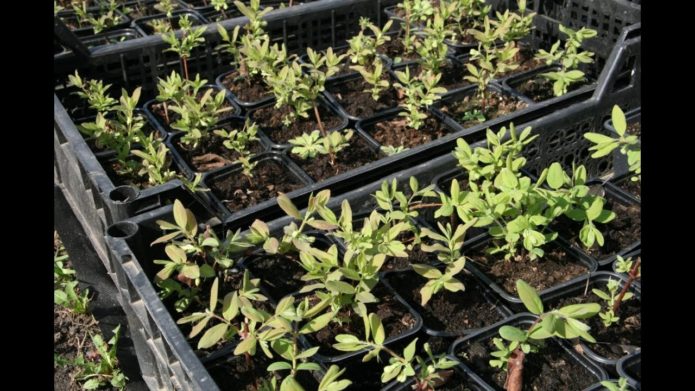
To get so many seedlings, cuttings are planted 10 times more, because according to statistics, only every tenth takes root
Also calculated the average percentage of seedlings yield (established cuttings) - 10%. Therefore, do not be upset if only 5-10 of 20 cuttings take root - this is a very good result. For reproduction, choose the most productive bushes, without signs of disease, with powerful annual growths. For any type of cuttings, three prerequisites must be observed:
- Root the cuttings in a shady place, keep them out of direct sunlight.
- Maintain high soil moisture.
- The soil should be loose, suitable: coarse river sand, perlite or a mixture of peat and sand (perlite) in a ratio of 1: 3.
Green cuttings of honeysuckle in summer
This is the most common method of grafting, not only of honeysuckle, but also of any berry bush. Cuttings are cut in the summer, when annual growths have already turned from tender and juicy twigs into shoots covered with thin and still greenish bark. The best period for grafting honeysuckle is when the berries begin to ripen.
Video: propagation of honeysuckle by cuttings in summer
Stages of preparation of cuttings:
- Trim off the one-year growth.
- Cut off the thin crown of the resulting rod. The minimum thickness of future cuttings is 3-5 mm.
- Divide the remaining part into cuttings 8-10 cm long. Each should have 2-3 pairs of leaves. Make the lower cut at an angle, retreating 0.5–1 cm from the lower leaves, the upper cut straight, departing from the upper leaves the same 0.5–1 cm.
- Carefully remove the lower pair of leaves without damaging the buds in their axils, shorten the upper ones by half.
- Dip the bottom of each cut in Kornevin powder or use another root stimulant (Epin, Heteroauxin, etc.).
Photo gallery: the path of the cutting from the shoot on the bush to the seedling
- Annual growths differ from the old parts of the bush in a lighter color of the bark
- Each green stalk has 2-3 pairs of leaves, remove the lower ones, shorten the upper ones
- Immerse the cuttings in a loose substrate, deepening the lower pair of buds by about 1 cm
- A mini-greenhouse will help maintain high humidity, but it must be placed in the shade.
- After 2-3 weeks, roots will appear on the cuttings
In summer, you can root the cuttings in a shared container, in individual cups, or by building a greenhouse in the shade of a tree or fence. Plant the cuttings according to the 5x5 cm scheme, place each at an angle of 45⁰ to the ground, deepen the lower pair of buds by 1 cm. The leaves remaining on the surface should not touch the ground and covering material. To ensure high humidity, apply fine sprinkling or spray the cuttings 3-4 times a day with clean water. When grown on an industrial scale, greenhouses equipped with fogging installations are used.
Video: rooting a cuttings in a bottle
Favorable temperature for rooting: + 20… +25 ⁰C, air and soil humidity - 80–90%. Observing these conditions, after 2-3 weeks you will be able to observe signs of rooting: new leaves will begin to grow on the established cuttings. Future seedlings can be transferred to a separate growing bed. Plant in a permanent place no earlier than next fall.
Reproduction of honeysuckle lignified cuttings in autumn and spring
By autumn, annual growths are covered with bark, woody, but are still suitable for grafting. However, this time cut the cuttings longer, about 20 cm each, with 3-4 pairs of buds. If the leaves have not yet flown, remove them completely. The cuttings should be bare twigs with buds.
The best time is September, so that the roots have time to grow before the onset of cold weather. Deepen the two lower pairs of buds, that is, half the length or even deeper, you can leave only the upper buds above the surface. As in summer, choose a shady place for rooting, use a loose substrate.
Video: propagation by cuttings and dividing the bush in the fall
The greenhouse effect is not required, since there are no leaves on the cuttings, which evaporate a lot of moisture during summer cuttings. Therefore, it is not necessary to sprinkle and build a greenhouse; it is enough to constantly keep the soil moist. For the winter, cover the bed with cuttings with spruce branches, straw or other breathable materials. Remove them in the spring. Rooting can be considered successful if leaves emerge from the buds.
Honeysuckle bears fruit on annual shoots. Therefore, when rooting by woody cuttings in the spring, not only leaves, but also buds can appear from the buds. Be sure to delete them.
Spring cuttings differ from autumn cuttings only in terms. Cut off annual shoots before budding, you will receive seedlings only by the end of summer. The technology of cutting and planting cuttings is the same as in the fall.
Rooting lignified honeysuckle cuttings in winter
The method will interest those who have the opportunity to get into the garden in January-February, that is, 3-4 months before the onset of heat in your region (without freezing temperatures at night). Cut off the branches that have grown during the past summer, that is, annual shoots. At home, in a warm place, divide them into cuttings, as for autumn and spring breeding. Make sure that the cut branches are not frozen, they should be light in the cut with a thin green layer under the bark.
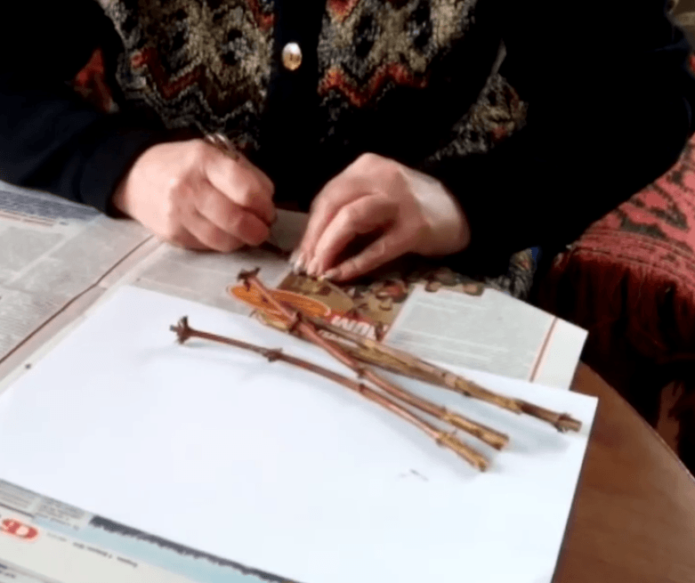
To make the roots appear faster, the lower buds are removed, and scratches are made on the bark at the bottom of the cuttings
In the lower part of each cutting, remove the buds and with a thin knife from the bottom edge to a height of 3-5 cm on different sides make several longitudinal cuts in the bark to a depth of 1-1.5 mm. Place the cuttings in water. To do this, use a vessel with opaque walls. Place the sprigs of honeysuckle on a west or east window; south is contraindicated. Change the water 2-3 times a week, in the first you can throw a pinch of Kornevin or add another root formation stimulant.
After 2-3 weeks, the rudiments of roots will appear at the sites of cuts in the bark, and leaves will bloom from the buds. Now you can plant the cuttings in cups with loose soil and cover each with a jar, half a plastic bottle, or all at once, for example, with a large plastic bag. We need a greenhouse effect, because the leaves are already there, they evaporate moisture, and the roots are still small and cannot actively supply the plant with water yet.
Video: rooting in water and planting in cups
You can do the same in early spring by cutting cuttings before bud break. But when planting in winter, you get honeysuckle seedlings much earlier.
Honeysuckle can be propagated by green and woody cuttings. The method depends on the season. Green cuttings are more laborious, since they require high humidity not only in the soil, but also in air. Out of 100 cuttings, on average, only 10 take root. This means that to get 2-3 seedlings, stock up on 20-30 cuttings.
